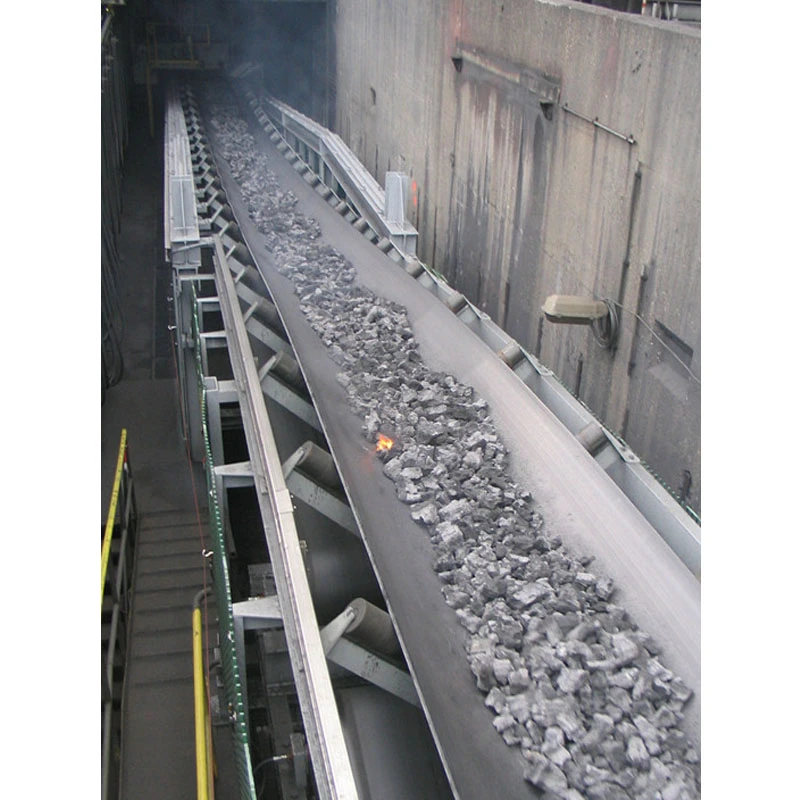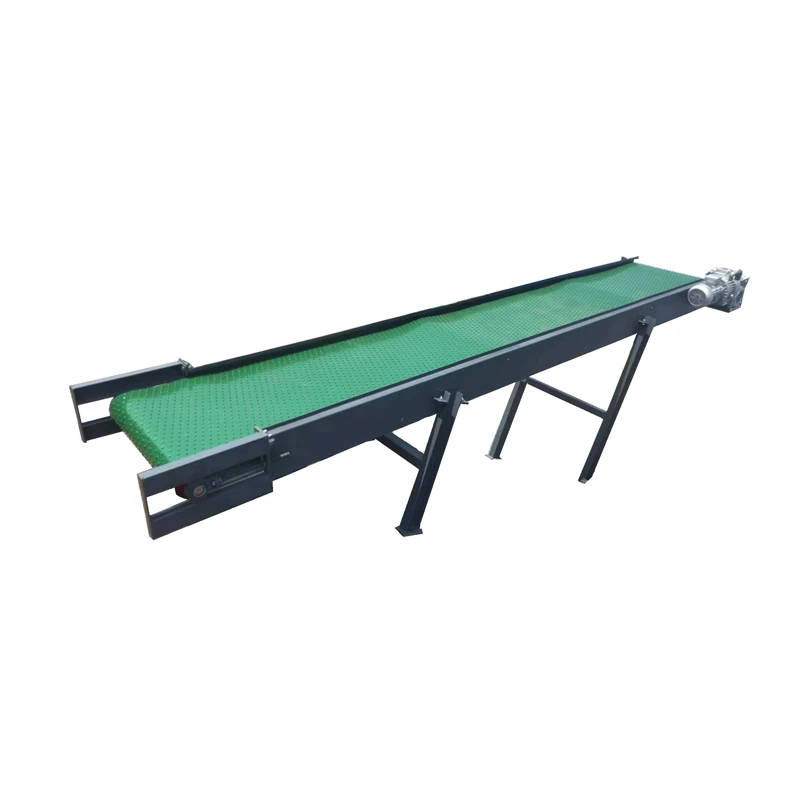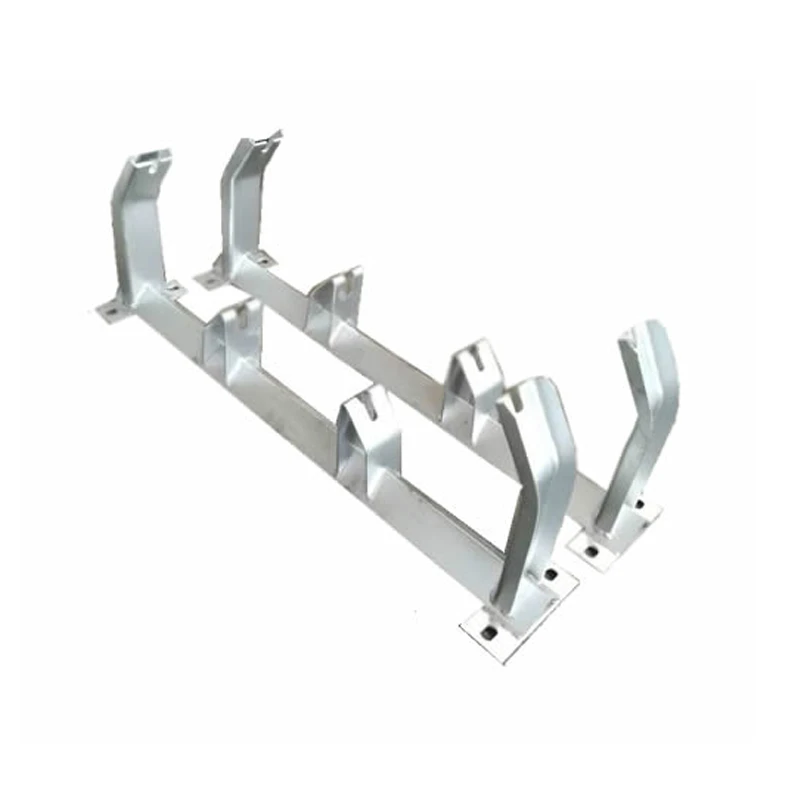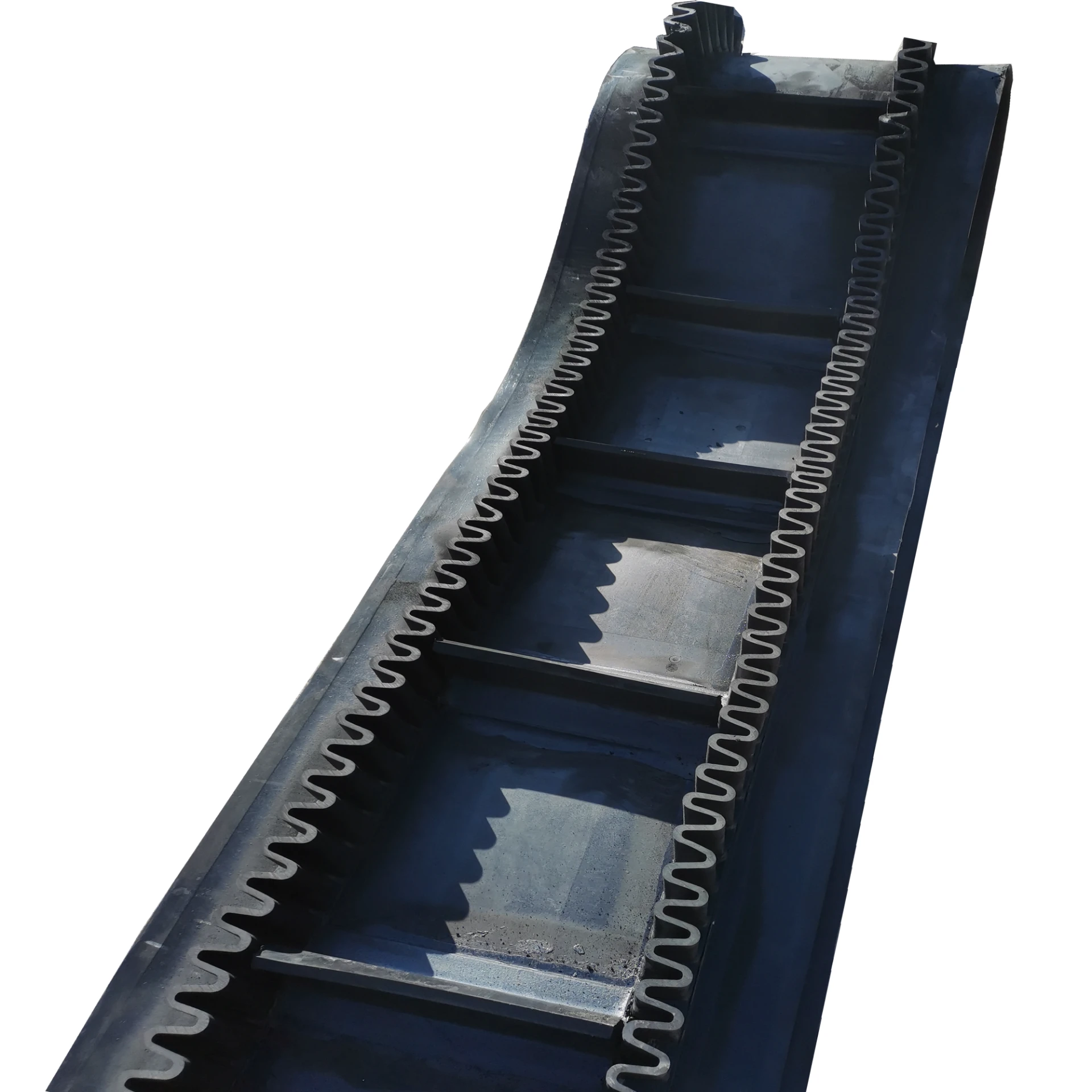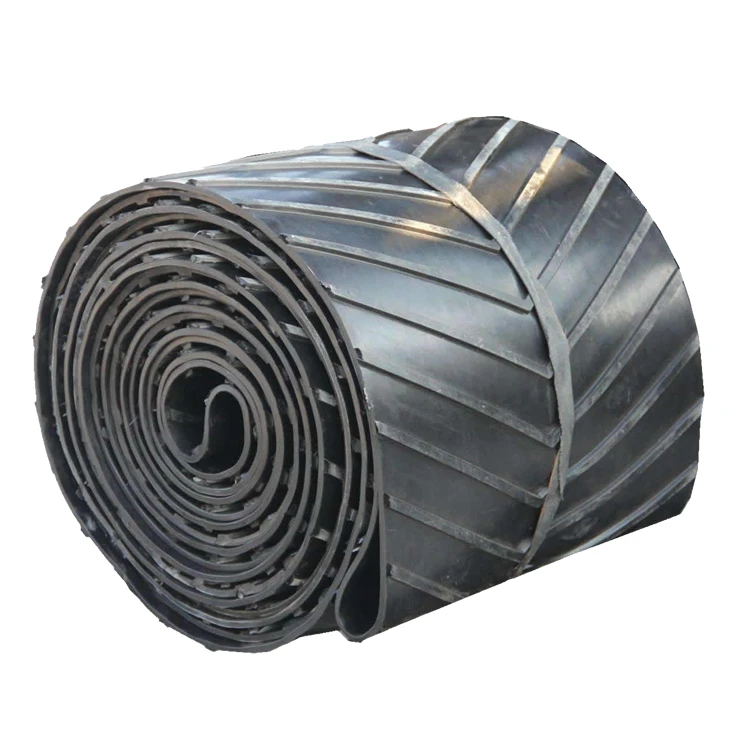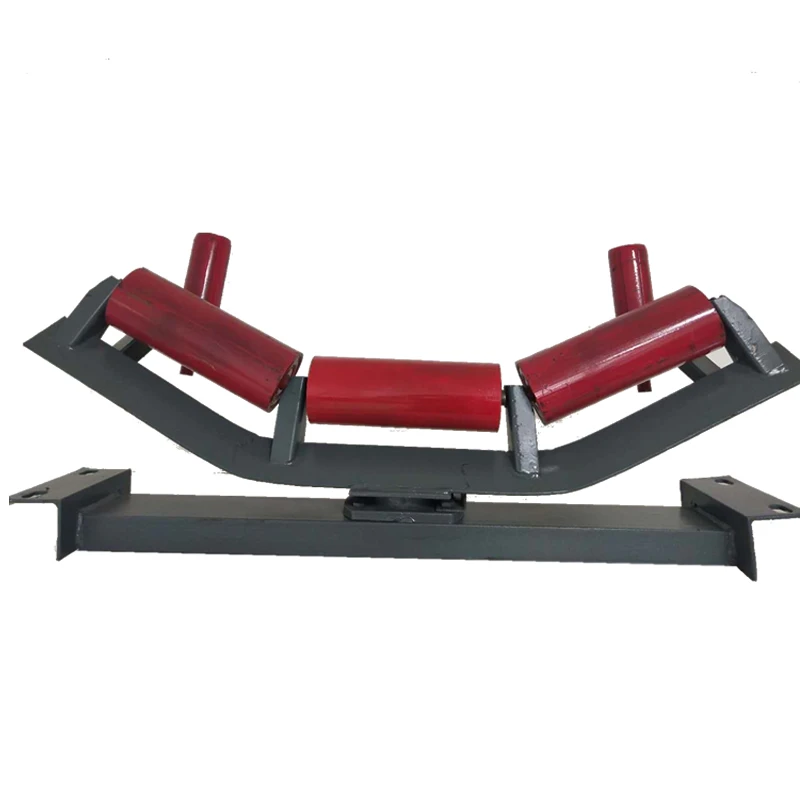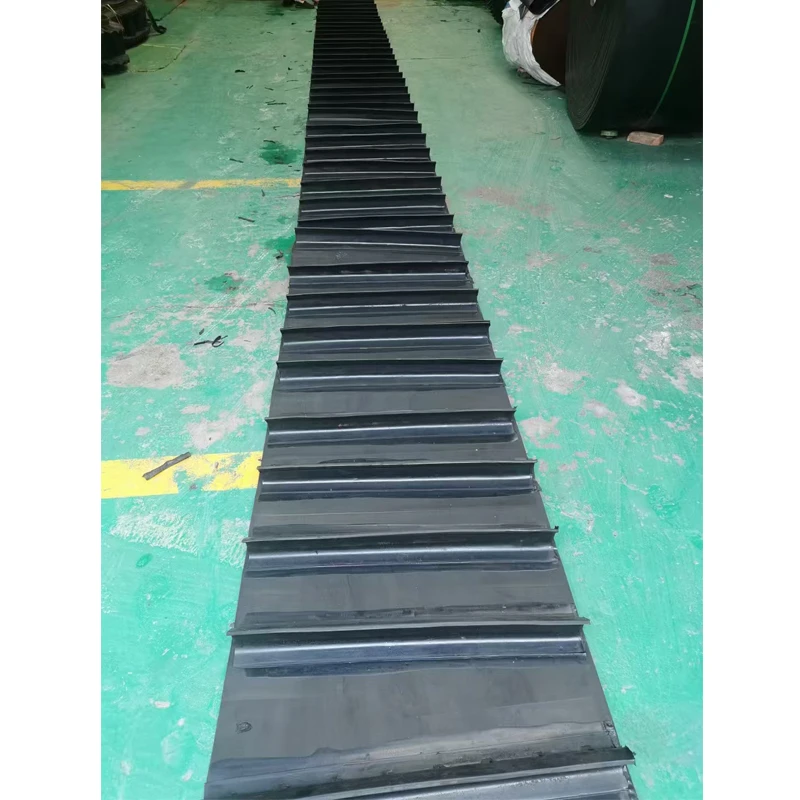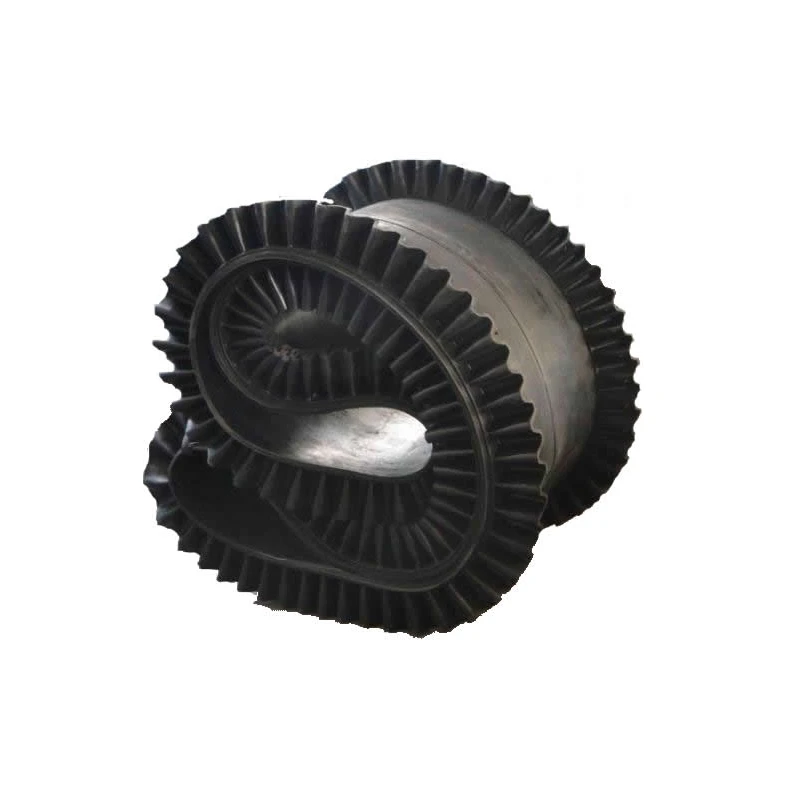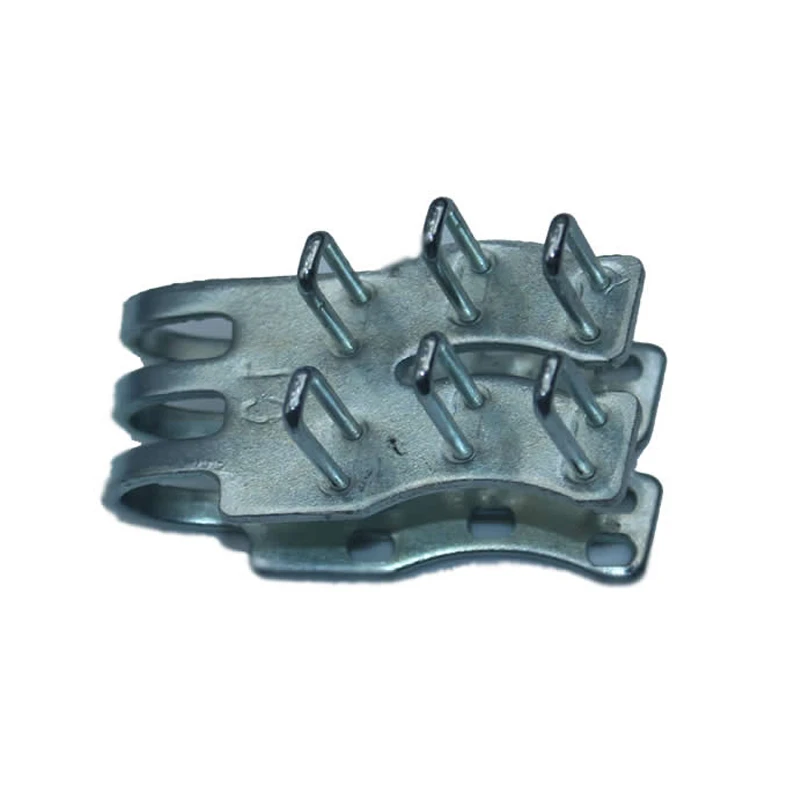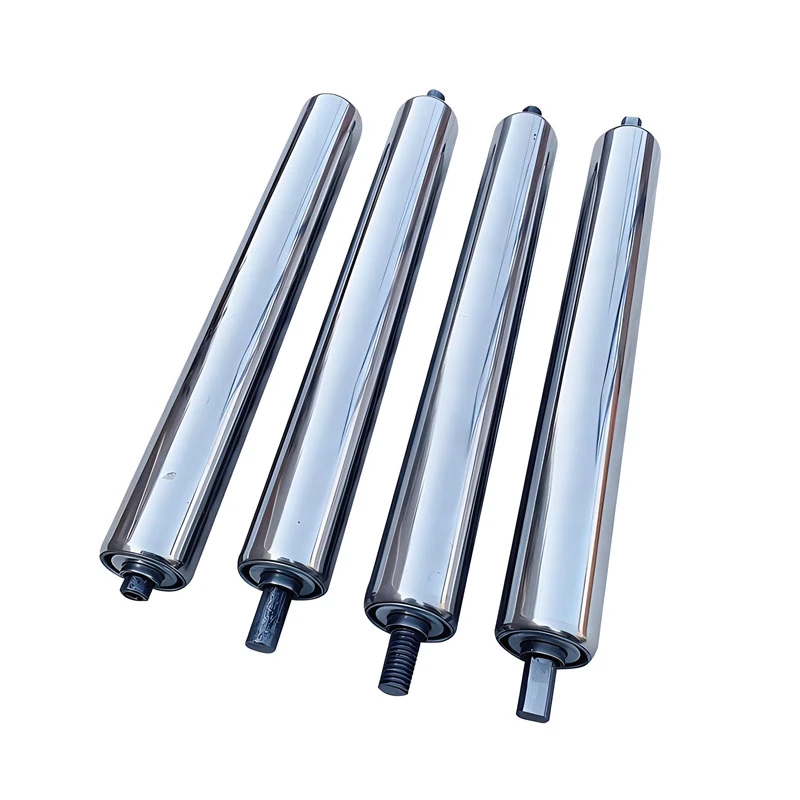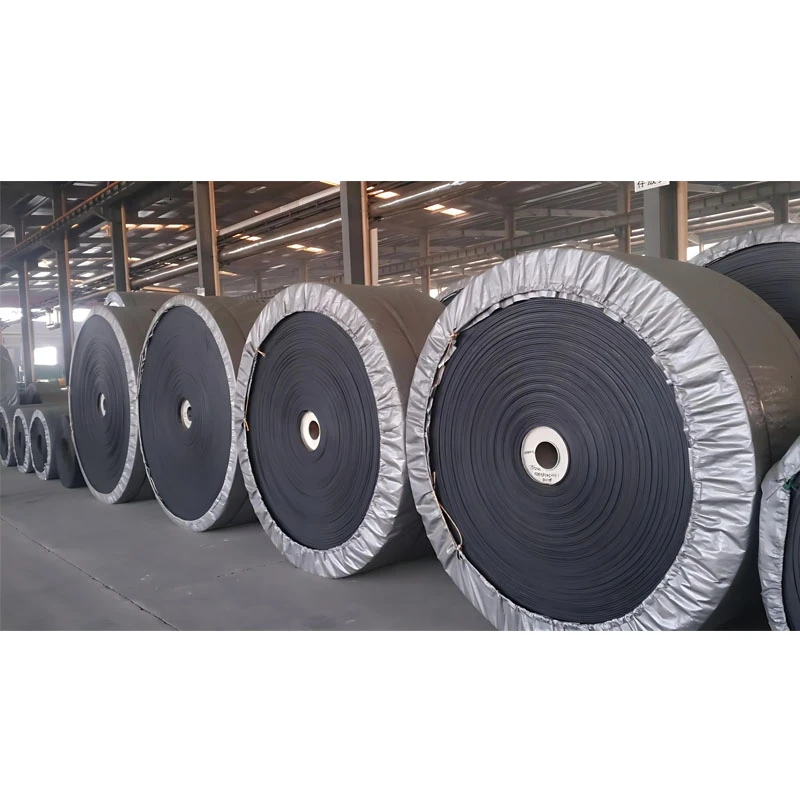Belt Conveyor Barrier Roller: Enhancing Efficiency and Safety in Material Handling Systems
Explore the innovative Belt Conveyor Barrier Roller from Hebei Roule Transport Machinery Manufacturing Co., Ltd., designed to optimize conveyor performance and safety.
Introduction to Belt Conveyor Barrier Rollers
The Belt Conveyor Barrier Roller, also known as a vertical roller, is a critical component in modern belt conveyor systems. This device is strategically installed on both sides of the conveyor belt, connected to the centering bracket to ensure precise alignment and operational stability. By addressing belt deviation and maintaining tension, the barrier roller plays a pivotal role in enhancing the efficiency and longevity of conveyor systems.
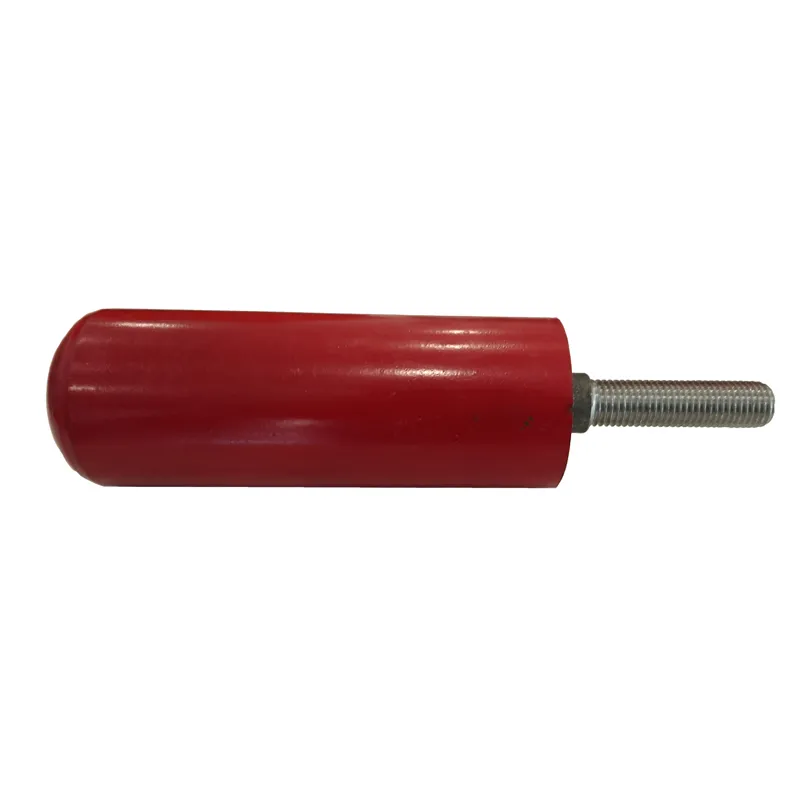
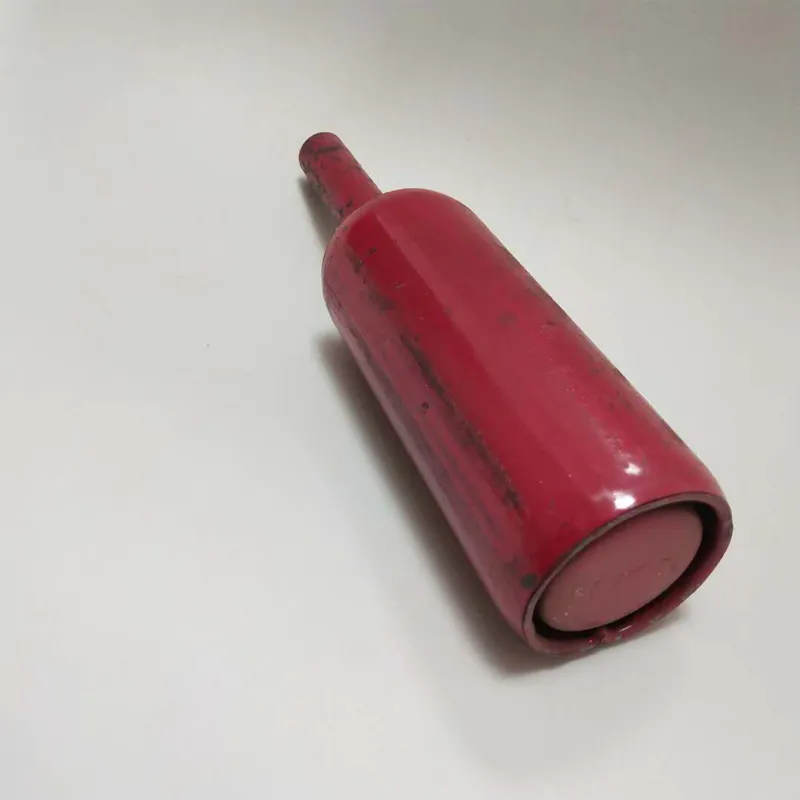
Core Functions and Advantages
The Belt Conveyor Barrier Roller is engineered to perform multiple essential functions, ensuring seamless material transportation:
- Correction: When the conveyor belt deviates, the barrier roller automatically corrects its trajectory by rotating and redirecting the belt to the proper path. This minimizes downtime and prevents potential damage to the system.
- Adjusting Tension: In collaboration with the tension regulator, the barrier roller maintains optimal belt tension. This ensures smooth operation and reduces the risk of belt slippage or breakage.
- Buffer Impact: The roller acts as a shock absorber, mitigating the impact of heavy materials on the belt. This feature enhances the durability of the conveyor system and protects the transported goods.
These functions collectively contribute to the Belt Conveyor Barrier Roller's reputation as a reliable solution for industrial applications.
Technical Specifications
| Parameter | Details |
|---|---|
| Material | Steel with high-quality bearings |
| Load Capacity | Varies based on application (standard: 500 kg/m) |
| Rotation Mechanism | Rotating shaft with motion rod for precise alignment |
| Installation | Centering bracket integration for optimal positioning |
| Applications | Conveyor systems in mining, manufacturing, and logistics |
Applications in Industrial Settings
The Belt Conveyor Barrier Roller is widely utilized across various industries to address specific challenges in material handling:
- Mineral Processing: Ensures stable transportation of ores and aggregates, reducing the risk of spillage and equipment damage.
- Manufacturing: Maintains consistent belt alignment in assembly lines, improving production efficiency.
- Logistics: Enhances the reliability of conveyor systems in warehouses and distribution centers, minimizing operational disruptions.
The arrangement and number of barrier rollers significantly influence the performance of the conveyor system. A higher density of rollers reduces material resistance, lowers energy consumption, and maintains a steady belt speed, as noted in the Belt Conveyor Barrier Roller design specifications.
Company Background: Hebei Roule Transport Machinery Manufacturing Co., Ltd.
Founded in 2010, Hebei Roule Transport Machinery Manufacturing Co., Ltd. is a leading manufacturer of industrial conveyor components. Specializing in steel conveyor rollers with bearings, idler conveyor rollers, and bearing conveyor rollers, the company is committed to delivering durable and efficient solutions for global clients.
Hebei Roule's products are designed to meet rigorous industry standards, ensuring compliance with safety and performance benchmarks. Their expertise in conveyor technology has established them as a trusted partner for industries requiring reliable material handling systems.
Compliance with Industry Standards
While the Belt Conveyor Barrier Roller adheres to general industrial safety and performance standards, it is essential to reference authoritative guidelines for comprehensive compliance. The National Institute of Standards and Technology (NIST) provides critical resources for evaluating and implementing measurement standards in manufacturing processes. According to NIST's research, "Precise measurements are fundamental to ensuring the reliability and efficiency of industrial systems, including conveyor technology" (NIST, 2023). This underscores the importance of adhering to standardized practices in conveyor design and maintenance.
References:


